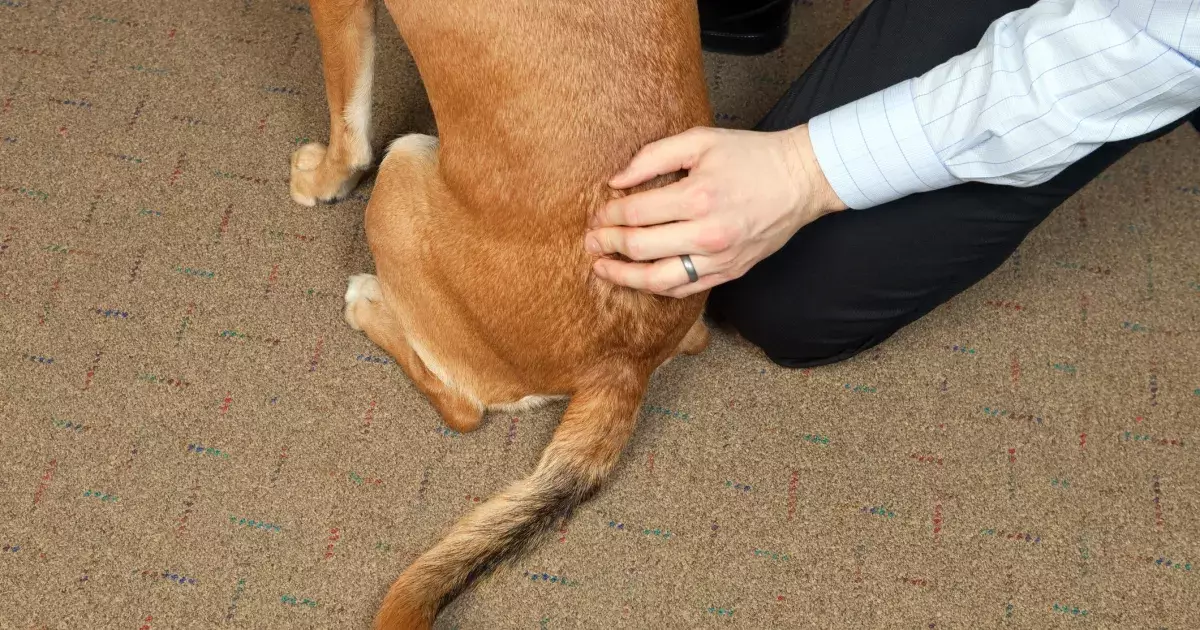For pet owners, ensuring the health and happiness of their furry companions is a top priority. With a growing understanding of animal wellness, many are turning to alternative therapies, such as chiropractic care, as a complement to traditional veterinary treatments. This article explores the significance of chiropractic care for dogs, detailing conditions treated, choosing the right practitioner, what to expect during sessions, and the potential side effects.
Chiropractic care for dogs involves manual adjustments to optimize the musculoskeletal system, enhancing physical function and alleviating pain. Just like humans, dogs can suffer from a range of ailments, many of which can be mitigated through appropriate adjustments. Addressing musculoskeletal problems can lead to improved overall health, making dogs more comfortable and agile.
Common ailments treated through chiropractic care include arthritis, spinal misalignments, mobility problems, and injuries stemming from physical activity. For instance, osteoarthritis is prevalent among older dogs, leading to discomfort during movement. Chiropractic adjustments can help decrease joint pressure and pain, allowing dogs to move more freely.
The benefits of chiropractic care extend to various dog breeds and conditions. Injuries from accidents or wear and tear can disrupt a dog’s spine and joints. Through chiropractic care, professionals can realign these areas, improving the dog’s quality of life.
Active and athletic dogs often face challenges related to their high-energy lifestyles. Chiropractic adjustments can enhance performance, prevent injuries, and aid in quicker recovery times. Furthermore, dogs in competitive events, such as agility training, may find chiropractic care essential to maintaining peak physical condition.
Before starting chiropractic treatment for your dog, it’s critical to select an experienced professional. Look for a practitioner who not only holds a veterinary degree but has also received specialized training in animal chiropractic. Organizations like the American Veterinary Chiropractic Association (AVCA) and the International Veterinary Chiropractic Association (IVCA) ensure that their members have met stringent educational requirements.
When evaluating potential chiropractors, consider their reputation and experience. Reading reviews and testimonials from other pet owners can offer insights into the chiropractor’s effectiveness. Additionally, consulting your veterinarian can provide valuable recommendations, as they can refer you to trusted colleagues in the field.
What to Expect During Your Dog’s Appointment
The first visit to a dog chiropractor generally begins with a comprehensive assessment. This involves discussing your dog’s health history, specifics regarding their current condition, and a physical examination to identify areas of pain or discomfort. Many chiropractors may also use diagnostic imaging, like X-rays, to diagnose issues accurately.
The adjustment itself is conducted with care, typically involving gentle manipulations to realign the spine and joints. Depending on the dog’s size and condition, specialized instruments or the chiropractor’s hands may be employed. While adjustments may sound daunting, for most dogs, it is a gentle and minimally invasive procedure.
Follow-up care is often necessary to achieve desired outcomes. Subsequent visits depend on the dog’s individual needs, with some experiencing relief after just a few sessions, while others may require ongoing treatment.
While generally safe, chiropractic care can have side effects, although these are usually minor. After an adjustment, some dogs may show signs of discomfort or lethargy, akin to post-exercise fatigue. This can be part of their body’s process of adjustment as it heals and realigns; hence, monitoring their behavior closely is essential.
In rare instances, a dog might experience a temporary exacerbation of their symptoms, a phenomenon referred to as a “healing crisis.” While this can be disconcerting, it often resolves itself shortly. However, if concerns persist, it’s vital to reach out to the chiropractor or your veterinarian for guidance.
Chiropractic care should be viewed as a complementary therapy—one that works alongside conventional veterinary medicine. Pet owners considering this option should first consult their veterinarian to ensure that it will be a beneficial addition to their dog’s treatment plan.
Chiropractic care presents numerous benefits for dogs, particularly in addressing musculoskeletal issues, enhancing mobility, and improving quality of life. By equipping themselves with knowledge about this alternative therapy, pet owners can make informed choices and contribute to their furry friends’ overall health, well-being, and longevity.

